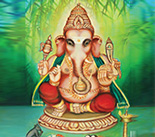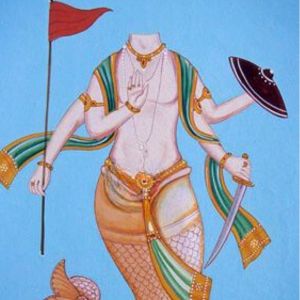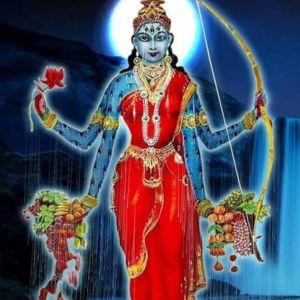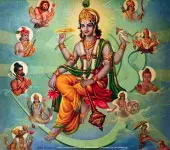26.2K
Likes
358
Comments
Recommended for you
Prahlada hits Vishnu with Narayanastra
 Click here to know more..
Click here to know more..
Ketu Gayatri Mantra for Relief from Naga Dosha

om chitravarnaaya vidmahe sarparoopaaya dheemahi. tannah' ketuh' prachodayaat.....
Click here to know more..Shakambhari Ashtottara Shatanamavali

asya shree shaakambharee-asht'ottarashatanaamaavalimahaamantrasya brahmaa ri'shih', anusht'upchhandah' . shaakambharee devataa . sauh' beejam . kleem ....
Click here to know more..
English Topics
Vishnu Sahasranama
Click on any topic to open
- 247 This Shielded Arjuna from Karna
- 246 The Profound Power of Remembering Bhagavan
- 245 So Easy To Be A Devotee Of Bhagawan
- 244 Should You Always Obey Your Elders?
- 243 Story Of Alarka
- 242 A Woman Who Wanted to Kill Draupadi And Arjuna
- 241 Exploring the Teachings of Azhwar Vaishnavism
- 240 Knowledge Is Power
- 239 Chitraketu: The Story of a King Who Found Enlightenment Through Suffering
- 238 Krishna's Name Is The Most Effective Medicine In The World
Please wait while the audio list loads..
30
Ganapathy
Shiva
Hanuman
Devi
Vishnu Sahasranama
Mahabharatam
Practical Wisdom
Yoga Vasishta
Vedas
Rituals
Rare Topics
Devi Mahatmyam
Glory of Venkatesha
Shani Mahatmya
Story of Sri Yantra
Rudram Explained
Atharva Sheersha
Sri Suktam
Kathopanishad
Ramayana
Mystique
Mantra Shastra
Bharat Matha
Bhagavatam
Astrology
Temples
Spiritual books
Purana Stories
Festivals
Sages and Saints
26
15
13
Copyright © 2024 | Vedadhara | All Rights Reserved. | Designed & Developed by Claps and Whistles
